Last Updated on December 19, 2023
Alchemy, a fascinating blend of ancient philosophy, proto-science, and spiritual exploration, has left an indelible mark on human history. At the heart of alchemical traditions lies a rich tapestry of symbols, each carrying profound meanings and insights into the quest for transformation and enlightenment.
In this exploration of the “Alchemy Symbol – 23 Most Common,” we embark on a journey through the esoteric world of alchemy, unveiling the hidden wisdom encapsulated in these symbolic representations.
From the philosopher’s stone to elemental motifs and mystical figures, this article delves into the most prevalent alchemy symbols, offering a comprehensive guide to their significance and the profound knowledge they hold.
Join us as we decode the ancient language of alchemy and unravel the secrets behind its enduring symbols.

Key Takeaways
- Transformation: Alchemy symbols represent transformative processes, like turning base metals into gold and seeking spiritual enlightenment.
- Unity of Opposites: Symbols express the reconciliation of opposites, such as the union of masculine and feminine principles.
- Elements: Alchemy symbols often incorporate elemental representations, like earth, air, fire, and water, symbolizing aspects of the natural world.
- Philosopher’s Stone: Symbolizing spiritual wisdom and transmutation, the philosopher’s stone is a central alchemical concept.
- Symbolic Language: Alchemy uses symbolic language to convey ideas and spiritual truths while maintaining secrecy.
- Hermeticism: Alchemy is closely tied to Hermeticism, emphasizing the interconnectedness of the spiritual and material worlds.
History And Meaning Of Alchemy Symbols
- Alchemy, an ancient philosophy predating contemporary chemistry, originates from the Arabic term “al-kimia” and was a procedure in ancient Egypt for creating the Philosopher’s Stone or Elixir.
- The term “kimia” is derived from the Coptic word “khem,” possibly related to the mystery of the universe’s initial substance or the fertile black soil of the Nile delta.
- Despite predating the understanding of atoms and elements, alchemists recognized distinct qualities in different substances, leading them to create symbols for elements in the 17th century.
- Alchemists kept these symbols secret due to persecution, resulting in multiple symbols for a single element.
- Until the 18th century, alchemy symbols represented various elements and combinations.
- Alchemy elements encompass modern chemical elements like gold, silver, and iron, along with fundamental elements like earth, air, fire, and water. Eastern cultures also considered metal and wood as important elements.
Some of the most common alchemy symbols and their meanings are below:

The Four Classical Elements As Alchemy Symbols
| Element | Color | Characteristics | Associations |
| Earth | Green | Cold, Dry | Plato |
| Air | Blue | Warm, Wet | Holy Spirit |
| Fire | Red | Warm, Dry | Masculine |
| Water | Blue | Cold, Moist | Feminine |
The ancient Greek notion that all matter in the world is made up of air, earth, fire, and water became the foundation of the Classical Elements. Many cultures also had a fifth element, which could be metal, wood, or something else.
These four elements aren’t found on the periodic table unlike many of the others in this list. Still, alchemists think they have considerable powers, including the ability to create new elements.
Earth Alchemy Symbol
- Depicted by a downward-pointing triangle with a horizontal bar.
- Colors associated: green and brown.
- Represents characteristics of “cold” and “dry” according to Plato.
- Symbolizes physical sensations and movements.

RELATED: Connect With The Earth – A Guide To Beautiful Brown Crystals And Their Properties
Air Alchemy Symbol
- Represented by an upward triangle with a horizontal line.
- Colors associated: blue, white, and occasionally gray.
- Symbolizes qualities such as warmth and wetness.
- Represents the holy spirit and life-giving forces, including breath.

Fire Alchemy Symbol
- Represented by an upright or regular triangle.
- Colors associated: red and orange.
- Symbolizes warmth, heat, and dryness.
- Represents burning emotions like love, passion, hate, and fury.
- The masculine element symbolizes ‘raising energy’ toward the divine.

Water Alchemy Symbol
- Represented by a downward triangle.
- Colors associated: blue.
- Symbolizes femininity, linked to the mercury element in alchemy.
- Plato’s traits: wetness, moistness, and coldness.
- Associated with intuition.
- The Seal of Solomon combines the water and fire symbols.

The Three Primes Alchemy Symbols
Paracelsus, a Swiss philosopher, named the three primes, also known as the tria prima, in the 16th century. He claimed that the tria prima held all of the illness-causing poisons and that alchemists could learn how to cure disease by studying them.
He also felt that the tria prima defined humanity, and he assigned each element to a particular aspect of human identity. The three primes in which material substances are immediately composed are Mercury, salt, and sulfur.
Mercury Alchemy Symbol
- Represents intellect and a state capable of surviving death.
- Depicted by a serpent, symbolizing a cosmic womb.
- Associated with wetness, cold, and the passive female essence.
- Shows the planet Mercury in astrology.

RELATED: Serpent: Spiritual Meaning, Dream Meaning, Symbolism & More
Salt Alchemy Symbol
- Originally believed to be a single element, now understood as sodium chloride.
- Represents the body, physical matter, crystallization, and condensation.
- Symbolized by a circle bisected by a horizontal line.

Sulfur Alchemy Symbol
- Known as brimstone, utilized in traditional medicine across cultures.
- Linked to qualities like dryness, heat, masculinity, and soul portrayal.
- Middle element in the tria prima, connecting salt and Mercury.
- Symbolized by a triangle on a Greek cross or an upside-down cross, also known as Satan’s

Philosopher’s Stone Alchemy Symbol
Philosopher’s stone is a mythological alchemical material that is said to have the ability to transmute base metals into rare and valuable metals like gold and silver.
According to legend, the material, also known as the elixir of life or utilized to make the elixir, was thought to have revitalizing powers and might be used to give eternal life.

Alchemy’s ultimate purpose was to create the stone. Many alchemists, including notable scientists like Isaac Newton, worked hard to figure out the recipe.
The philosopher’s stone symbolizes enlightenment, heavenly happiness, and perfection in alchemy.
The symbol is a circle inside a square. Around them is a triangle inside another circle.
The Seven Planetary Metals Alchemy Symbol
| Metal | Symbol | Celestial Body | Organ |
| Lead | ☿ | Saturn | Spleen |
| Tin | ♃ | Jupiter | Liver |
| Iron | ♂ | Mars | Gallbladder |
| Gold | ☉ | Sun | Heart |
| Copper | ♀ | Venus | Kidneys |
| Mercury | ☿ | Mercury | Lungs |
| Silver | ☽ | Moon | Brain |
Each of these elements is a metal, linked to a celestial object, a physical organ, and a day of the week. Early alchemy included astronomy, and each planet was supposed to “rule” over its associated metal during the classical era, with proximity to other planets and its position in the sky influencing the metal’s qualities.
Uranus and Neptune aren’t represented since these symbols were developed before telescopes existed, and only planets visible to the naked eye were known.
Lead
Celestial body: Represent the Planet Saturn
Day of the week: Saturday
Organ: Spleen

The symbol for the element varied over time. However, the two sometimes has the same symbol as the metal connects with the planet Saturn. The lead symbol is a “crescent below the cross,” which resembles a scythe or a stylized “h” with a cross on top.
RELATED: Cross Types, Symbolic Meaning, and Cultural Significance Through History
Tin
Celestial body: Represent the Planet Jupiter
Day of the week: Thursday
Organ: Liver

Tin’s symbol is a “crescent above the cross,” which resembles a stylized number four. This symbol can also represent the planet Jupiter.
Iron
Celestial body: Represent the Planet Mars
Day of the week: Tuesday
Organ: Gallbladder

The alchemical symbol for iron frequently used to represent the planet Mars and male energy.
Gold
Celestial body: Sun
Day of the week: Sunday
Organ: Heart

Gold was one of the most important symbols in alchemy, as it represented mental, physical, and spiritual perfection. Therefore, many alchemists had a major ambition to understand how to transform lead into gold.
Two different symbols can represent the gold alchemy symbol. The first is a stylized sun with rays emanating from it, while the second is a circle with a dot in the middle.
RELATED: As Good As Gold – A Guide To Glamorous Gold Gemstones
Copper
Celestial body: Represent the Planet Venus
Day of the week: Friday
Organ: Kidneys

The “female” symbol (used to represent planet Venus) or a combination of crossed and horizontal lines can describe the copper alchemy symbol.
Mercury
Celestial body: Planet Mercury
Day of the week: Wednesday
Organ: Lungs

Mercury’s symbol is the same as when it was one of the Three Primes: the “cosmic womb.”
Silver
Celestial body: Moon
Day of the week: Monday
Organ: Brain

The silver alchemy symbol is a crescent moon, while the sign for gold is a little sun. You can draw the crescent facing either right or left.
Mundane Elements Alchemy Symbols
| Element | Symbol | Representation |
| Antimony | ☽⚴ | Humans, Animal Nature, Wolf |
| Arsenic | ∆⋈∆ | Swan, Transformation, Metalloid |
| Bismuth | 8( | Little known, Bismuth was a combination |
| Magnesium | ♂ | Eternity, Difficult to Extinguish, Spirit |
| Phosphorus | △⧫ | Trapping Light, Spirit |
| Platinum | ☽☉ | Combination of Gold and Silver |
| Potassium | ☽† | Not Found Naturally, Used in Experiments |
| Zinc | ♃† | White Snow, Philosopher’s Wool, Burning Zinc |
The alchemical ingredients are broken down into Mundane elements. They are usually newer additions to alchemy and have a shorter history than some other elements.
As a result, there is little information about their alchemy symbols and their meaning, despite the fact that they were all utilized by alchemists at one point.
Antimony
- Represents the wild and free aspects of human nature.
- Symbol: Circle with a cross above it or an upside-down feminine symbol, often associated with a wolf.

Arsenic
- Symbolized by swans in alchemy.
- Transformation is similar to a cygnet turning into a swan.
- Symbol: Two overlapping triangles.

RELATED: Swan: Spiritual Meaning, Dream Meaning, Symbolism & More
Bismuth
- Limited information on its use in alchemy.
- Often confused with tin and lead until the 18th century.
- Symbol: Resembles a number eight with an open top.

Magnesium
- Alchemists used magnesium carbonate in experiments.
- Symbolized eternity due to difficulty in extinguishing once ignited.
- Various symbols, with the most common being represented.

Phosphorus
- Crucial for its potential to trap light, appearing to glow in the dark.
- Symbol: Triangle above a double-cross, representing the spirit.

Platinum
- The symbol is a combination of gold and silver symbols.
- Alchemists believed it to be a fusion of the two metals.

Potassium
- Alchemists used potassium carbonate (potash) in experiments.
- Symbol: Rectangle atop a cross.

Zinc
- Zinc oxide, or “philosopher’s wool,” is created by burning zinc.
- Various symbols, with a common one represented below.

What Do Ancient Egyptian Alchemy Symbols Look like?

While most people are familiar with alchemy symbols from Europe, alchemy was also studied in other regions of the world. Different symbols were utilized by these alchemists. Egyptian symbols, for example, are hieroglyphics rather than letters.
Frequently Asked Questions
What is alchemy, and how do symbols play a role in alchemical traditions?
Alchemy is an ancient philosophical and proto-scientific tradition that explores the transformation of substances. Symbols in alchemy serve as visual representations of complex ideas and processes.
Are alchemy symbols universal, or do they vary across different traditions and cultures?
Alchemy symbols have some universal themes but often vary across different cultural and historical contexts. Each symbol may carry specific meanings depending on the alchemical tradition.
Can you provide examples of common alchemy symbols and their meanings?
Examples include the Philosopher’s Stone symbolizing spiritual enlightenment, the Caduceus representing the union of opposites, and the Ouroboros symbolizing the eternal cycle of life, death, and rebirth.
How do alchemy symbols relate to the transmutation of substances?
Alchemy symbols often represent stages of the alchemical process, such as calcination, dissolution, coagulation, and sublimation, each corresponding to the transformation of substances on both a material and spiritual level.
Are alchemy symbols purely esoteric, or do they have practical applications?
While alchemy symbols originated in esoteric traditions, they have influenced various fields, including chemistry and psychology. Carl Jung, for example, incorporated alchemical symbolism into his psychological theories.
Do alchemy symbols have spiritual or mystical significance?
Yes, many alchemy symbols carry spiritual or mystical significance, representing the alchemist’s quest for spiritual enlightenment, inner transformation, and the pursuit of the divine.
Can individuals use alchemy symbols for personal growth or meditation?
Yes, individuals often incorporate alchemy symbols into meditation or personal growth practices. These symbols can serve as visual aids to explore inner transformation and self-discovery.
Are there contemporary uses of alchemy symbols in popular culture?
Yes, alchemy symbols have made their way into popular culture, appearing in literature, art, and even as design elements in modern jewelry. They often retain their original symbolic meanings.
How did alchemy influence the development of modern chemistry?
Alchemy laid the groundwork for modern chemistry by exploring the properties and transformation of substances. Many alchemical practices and ideas contributed to the development of scientific methods.
Can alchemy symbols be adapted for individual interpretation?
Absolutely. Individuals often adapt alchemy symbols to align with their personal experiences and interpretations, making them powerful tools for self-reflection and personal symbolism.
- Affirmations - January 26, 2023
- 22 Most Popular Viking Symbols (Norse Mythology) - August 3, 2022
- Vegvisir Symbol (Norse Mythology And Modern Times) - July 29, 2022

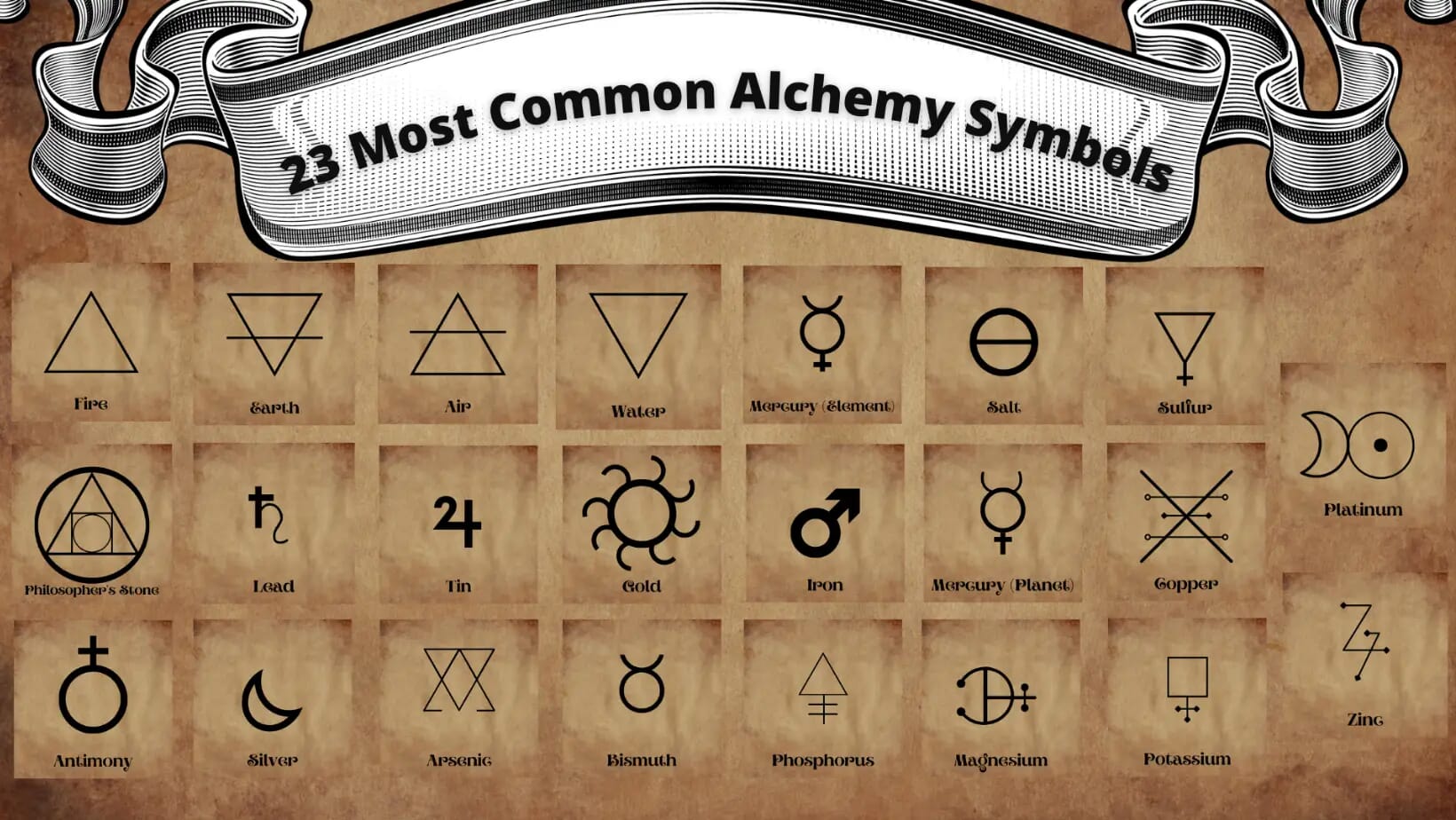
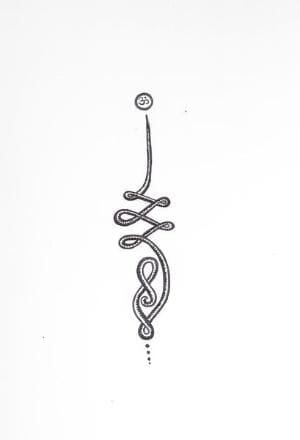

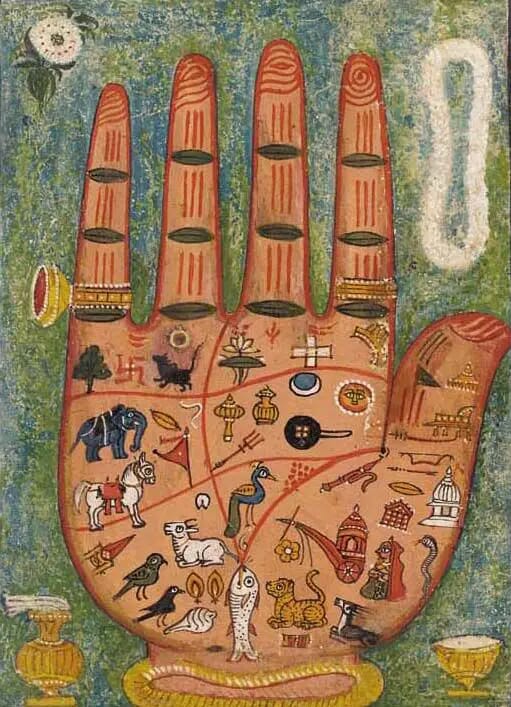
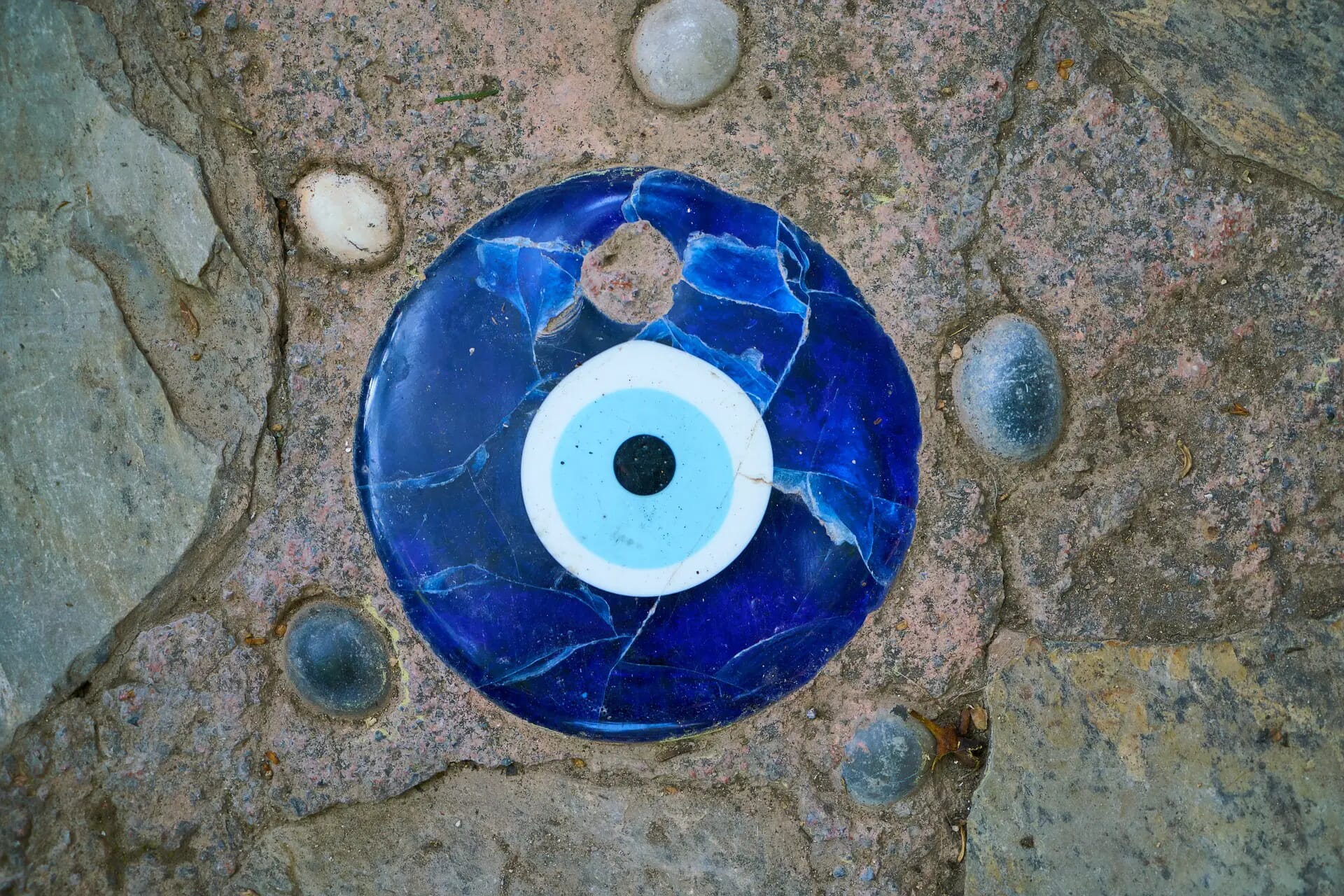

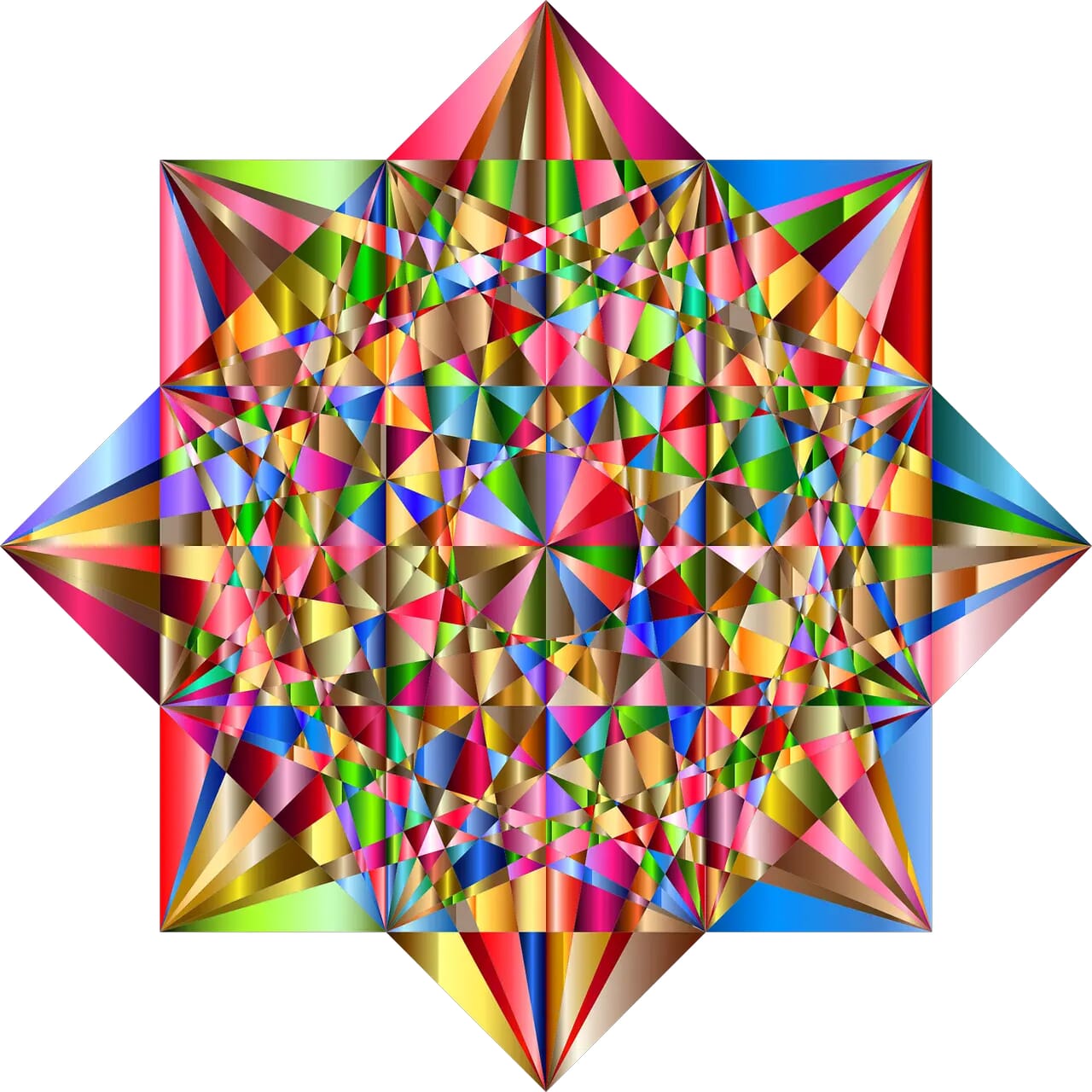

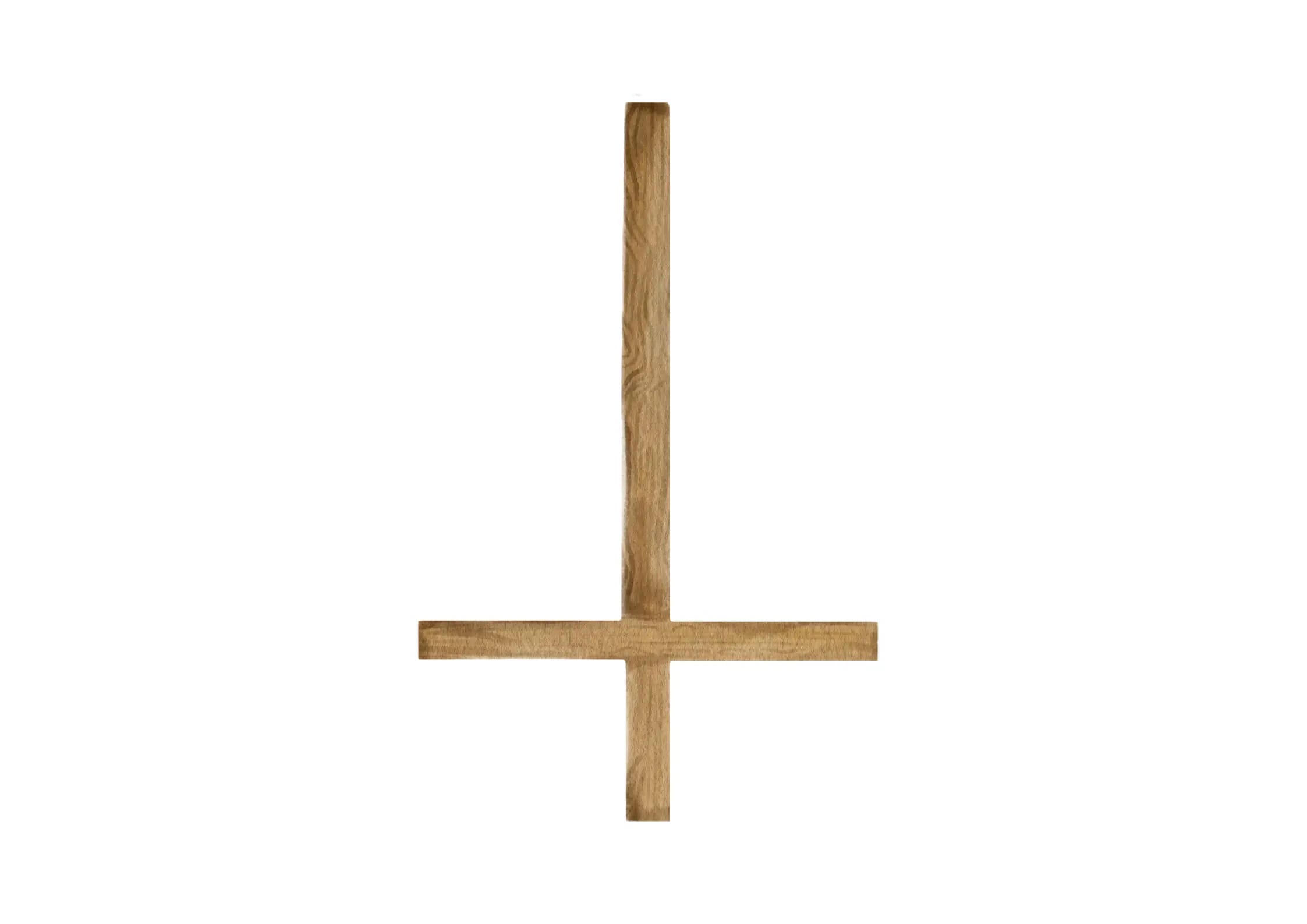

I needed to thank you for this good read!!
I certainly loved every little bit of it. I have you
bookmarked to check out new things you post…